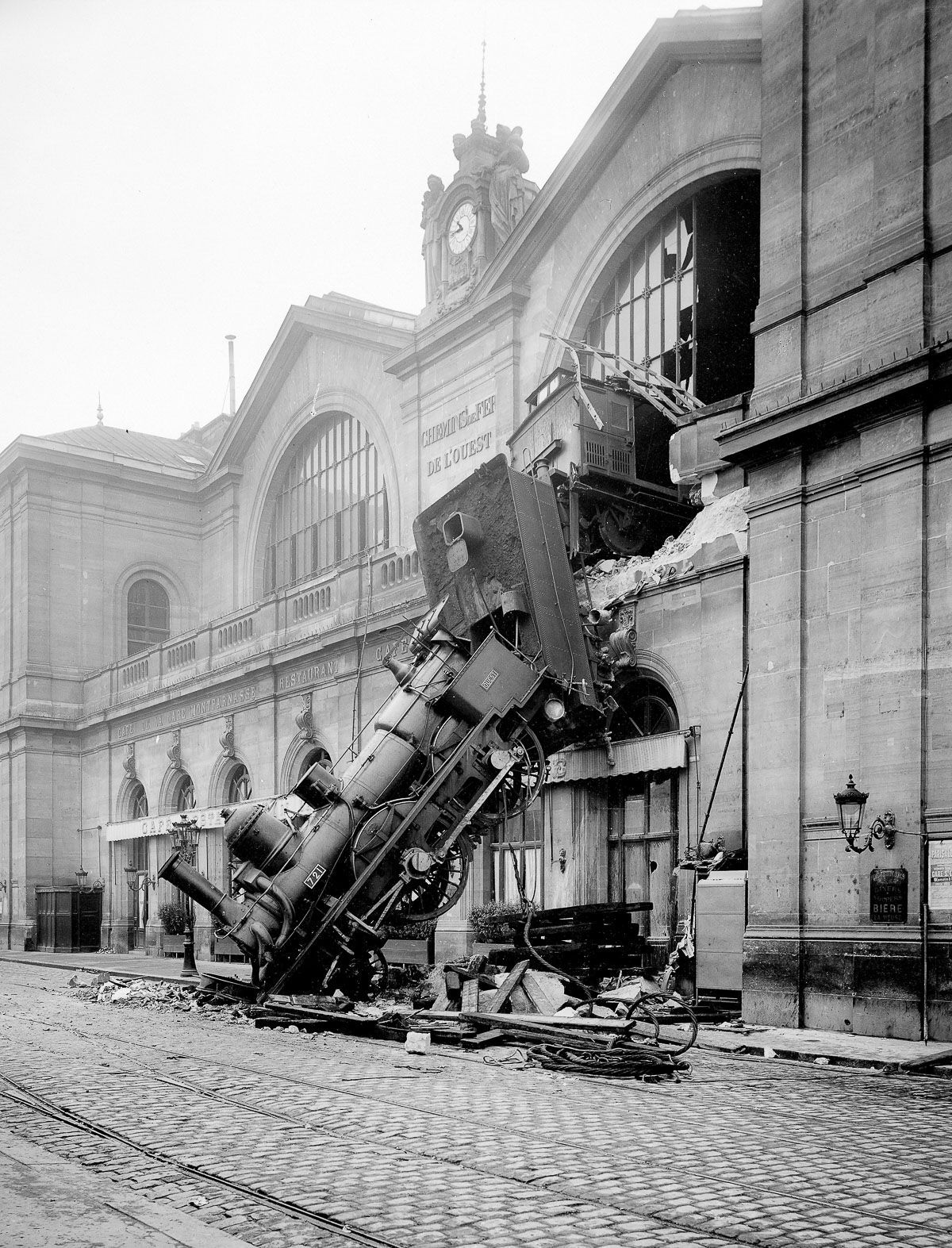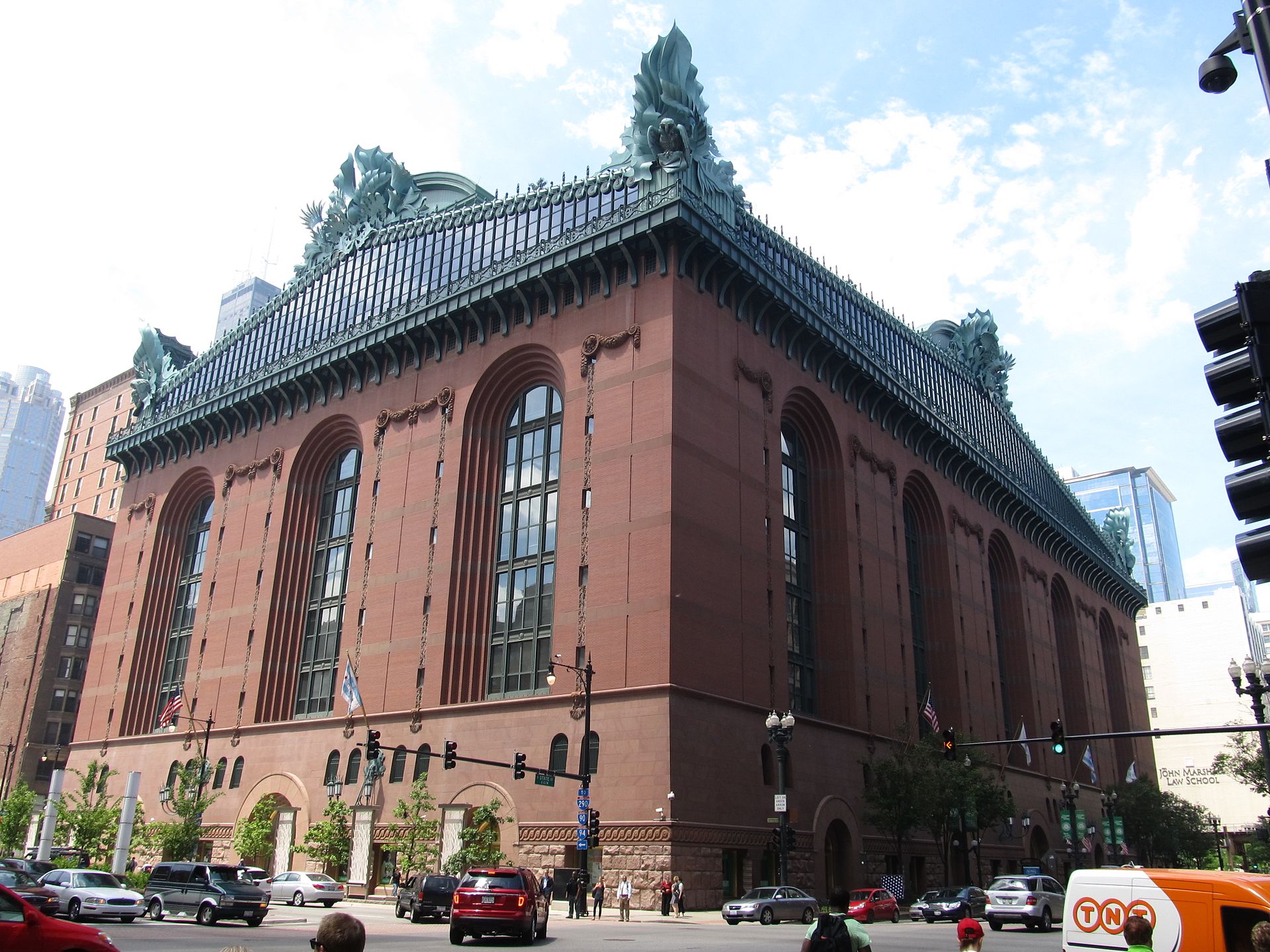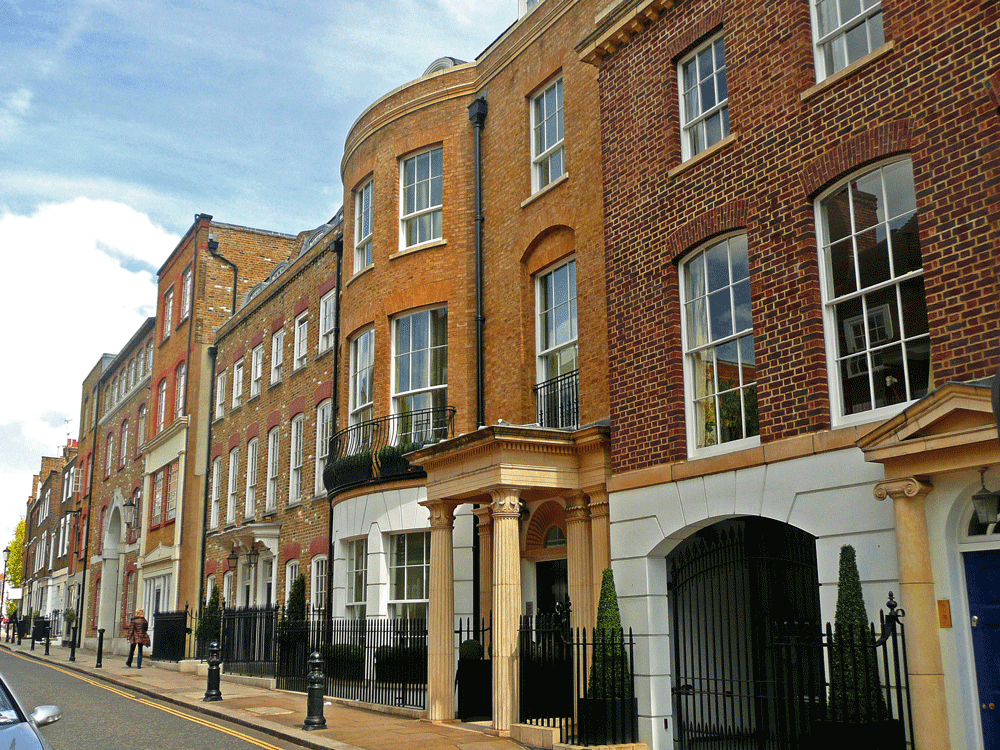WE WILL NEVER FORGET
Petula Dvorzak of the Washington Post called me recently and asked me what I thought of a memorial to the victims of school shootings. I’m not keen on the current fashion for memorializing victims, which has became an almost knee-jerk response to any calamity. In my own city, Philadelphia, only a few blocks from where I live, a memorial is under construction. The 125-foot by 25-foot memorial park will commemorate the six people who were killed on June 5, 2013, when a slipshod demolition resulted in a building collapsing on top of a Salvation Army thrift store.





 I never attended any of Vincent Scully’s legendary Yale architecture classes but I did hear him speak several times in Montreal, part of the Alcan lecture series that Peter Rose organized in the 1970s. So I could understand when people spoke of his influence. Scully introduced a Celtic passion to the sometimes dry subject of architectural history and his lectures were bravura performances that brought old buildings—and their builders—to life. He was an activist historian in the mold of Siegfried Giedion, and he influenced the contemporary scene, being an early advocate of the work of Louis Kahn and Robert Venturi.
I never attended any of Vincent Scully’s legendary Yale architecture classes but I did hear him speak several times in Montreal, part of the Alcan lecture series that Peter Rose organized in the 1970s. So I could understand when people spoke of his influence. Scully introduced a Celtic passion to the sometimes dry subject of architectural history and his lectures were bravura performances that brought old buildings—and their builders—to life. He was an activist historian in the mold of Siegfried Giedion, and he influenced the contemporary scene, being an early advocate of the work of Louis Kahn and Robert Venturi. What’s with all the black houses that have appeared in recent years? The all-black exteriors—blackened timber, black stain, or simple black paint—have become ubiquitous. Rural or urban, even old buildings are getting black-faced. Traditionally, architects avoided black facades, which not only look lugubrious but virtually eliminate shadows, which are—or were—one of the architect’s most effective tools. Modern houses tend not to have moldings and relief work, of course, so there are no shadows. And black does seem to be the modernist architect’s favorite fashion shade (Richard Rogers excepted). But fundamentally I think this phenomenon is a symptom of laziness—it’s a cheap way of standing out.
What’s with all the black houses that have appeared in recent years? The all-black exteriors—blackened timber, black stain, or simple black paint—have become ubiquitous. Rural or urban, even old buildings are getting black-faced. Traditionally, architects avoided black facades, which not only look lugubrious but virtually eliminate shadows, which are—or were—one of the architect’s most effective tools. Modern houses tend not to have moldings and relief work, of course, so there are no shadows. And black does seem to be the modernist architect’s favorite fashion shade (Richard Rogers excepted). But fundamentally I think this phenomenon is a symptom of laziness—it’s a cheap way of standing out. Aaron Betsky
Aaron Betsky